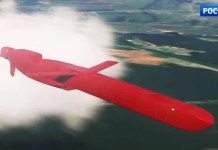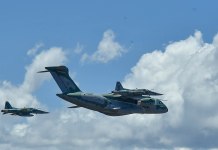South Korea said on November 19 that it had scrambled fighter jets to intercept a group of Russian and Chinese aircraft that had flown into its air buffer zone without notice.
US-China Tensions: Washington Voices Full Support To Philippines After Incident With PRC In South China Sea
The Joint Chief of Staff of South Korea said seven Russian and two Chinese military aircraft were identified in the country’s air defense identification zone off the eastern coast.
The Republic of Korea Air Force had already dispatched fighter jets and other aircraft to the area, but the Russian and Chinese planes left without entering South Korea’s territorial airspace, according to the Joint Chief of Staff.
Breaking:
Two Chinese and seven Russian military aircraft entered air defense identification zone of northeastern SouthKorea's easternmost islets of Dokdo, none of them violated South Korea's territorial air.
SouthKorea's military scrambled fighter jets and air refuelling tankers pic.twitter.com/Bt2wsTDCuO— Eva 郑 عائشة (@evazhengll) November 19, 2021
Seoul further said this development could be related to a joint exercise held by China and Russia, saying more investigation is required to ascertain this unusual air drill. However, China later informed South Korea via a military communication channel that the flights were part of routine military drills with Russia.
Air defense identification zones usually extend beyond a country’s borders to allow more time to respond to potentially hostile aircraft. Military jets that fly into another country’s ADIZ are required to notify that country in advance.

In recent years, Chinese and Russian jets have frequently flown inside South Korea’s ADIZ, purportedly in response to the American military’s presence in the region.
Besides, Moscow does not recognize Korea Air Defense Identification Zone (KADIZ), while Beijing said the area is not territorial airspace and all countries should enjoy the freedom of movement there.
Chaos In The Skies
This isn’t the first time China and Russia have entered South Korea’s identification zone. In July 2019, two Chinese H-6 bombers and two Russian Tu-95 strategic bombers crossed into Seoul’s Air Defense Identification Zone (KADIZ). In Dec 2020, four Chinese and 15 Russian aircraft breached the Korean ADIZ.
During the 2019 incident, when Russian military aircraft violated South Korean airspace during a combined air patrol with China, South Korean jets fired hundreds of warning shots at them. Later, the Russian Defense Ministry accused the two F-16 fighter planes from South Korea of conducting “unprofessional maneuvers”.
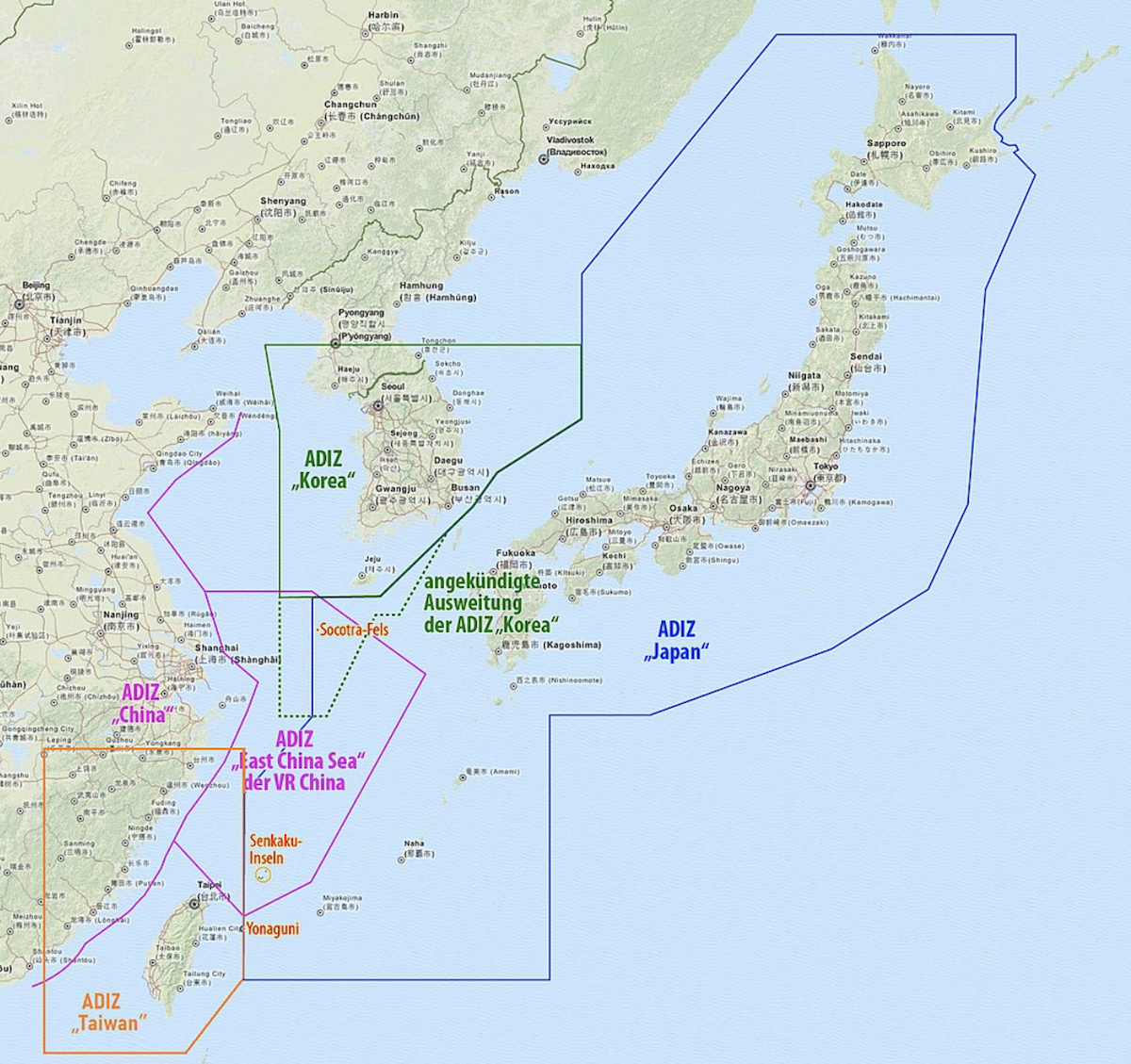
The regular incursions seem to be a step forward in Sino-Russian military collaboration while also probing a gap in defense coordination between Japan and South Korea in the region.
The fact that Chinese, South Korean, and Japanese ADIZs all overlap south of the Korean peninsula further complicates the situation. The overlapping ADIZs also include contested locations between China and South Korea (Ieo Island) and China and Japan (Senkaku/Diaoyu islands).
Testing The Waters
Regular intrusions indicate an aggressive military stance of the Chinese and Russian militaries in the region. Even though Japan and Korea are both US allies, the two countries do not have a particularly good relationship because of historical differences.
This gives Russia and China a chance to put their military cooperation to the test; it might also be used to investigate the lack of cooperation between Korean and Japanese air defense networks. Both countries have defense ties with the United States, but there is no regional, trilateral security framework.
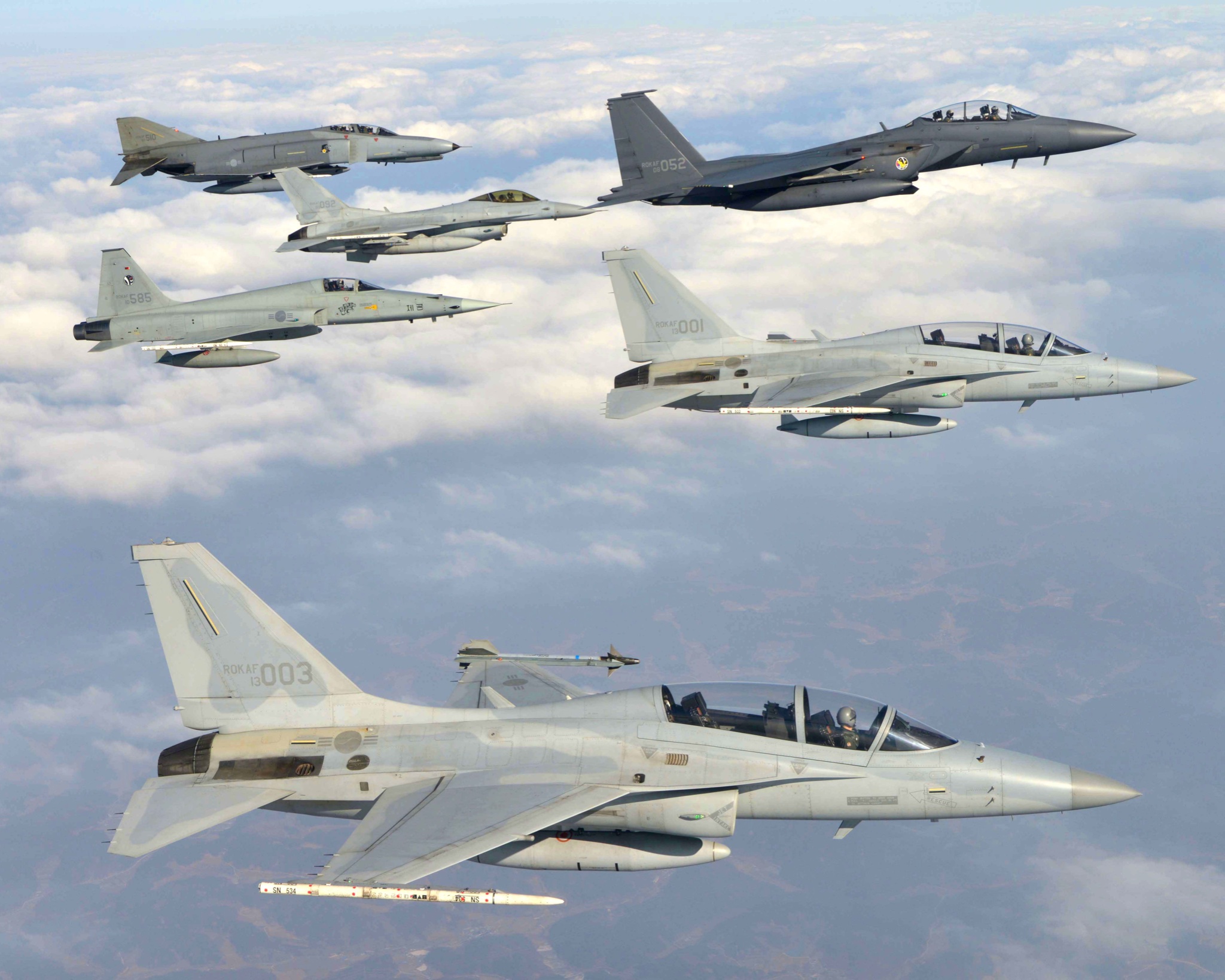
In a recent incident, a long-standing disagreement over territorial claims to islets in the Sea of Japan interrupted a planned joint conference between US, South Korean, and Japanese officials in Washington DC.
In a more geopolitical sense, these patrol activities by China and Russia could be intended towards separating Japan and South Korea’s coordination.
The only official relationship between the Japanese and South Korean militaries is an intelligence-sharing agreement, despite both countries having defense attachés in their respective embassies.
Joint Russia-China Drills
Following their landmark joint training exercise in 2005, the Chinese and Russian armed forces conducted a series of maneuvers in China, Central Asia, and Russia under the auspices of the Shanghai Cooperation Organization.
In 2018, a Chinese brigade participated in the massive Vostok (East) exercises in the Russian Far East, considered the largest military drill undertaken by any armed forces since the end of the Cold War.
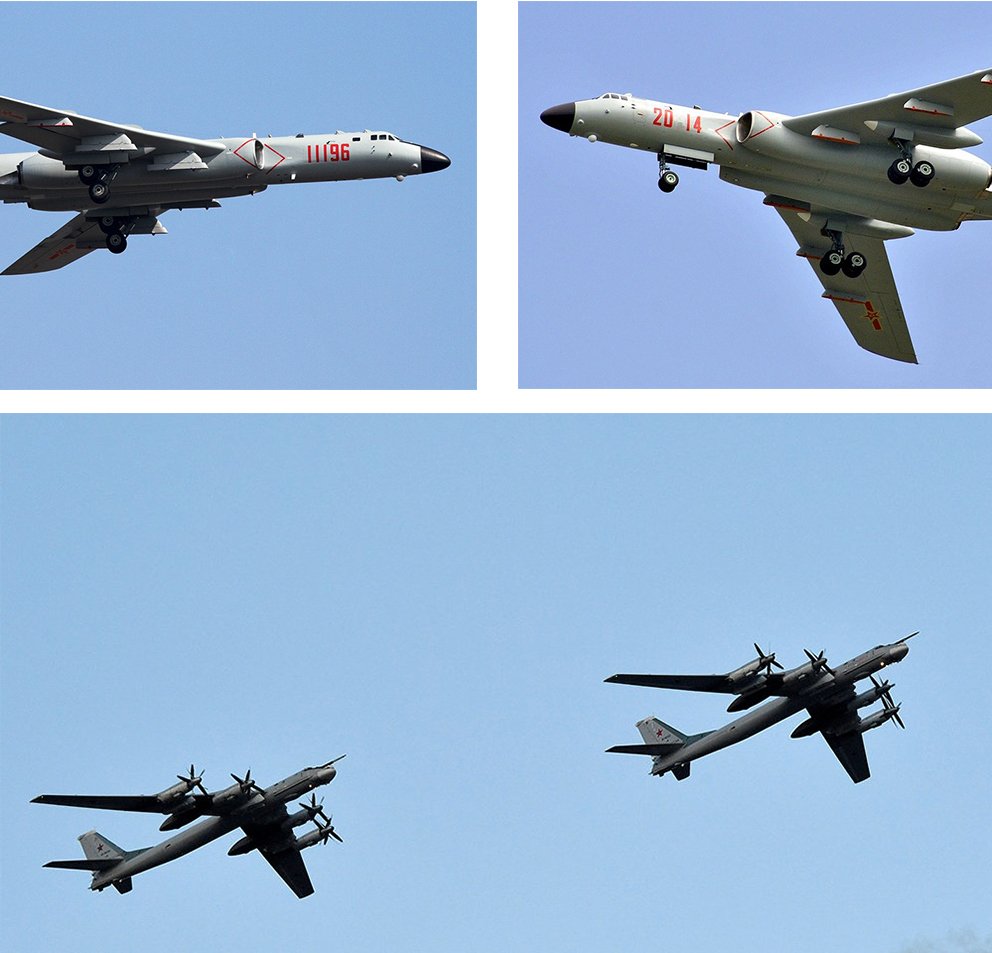
On July 23, 2019, for the first time in history, the Russian and Chinese air forces conducted a joint air patrol in the Asian-Pacific Region. Two Russian Tupolev Tu-95MS and two Chinese Xian H-6K were assigned for this mission, keeping the borders safe, according to an official statement.
In October 2021, a group of 10 Chinese and Russian warships went through the strait dividing Japan’s main island and the northern island of Hokkaido. It was the first time Japan verified the passage of Chinese and Russian navy ships through the Tsugaru Strait, which connects the Sea of Japan and the Pacific Ocean.
Despite the fact that the strait is seen as international waters, Japan’s relations with China have long been strained by competing claims to a handful of small East China Sea islets. Following China and Russia’s coordinated patrols in the region, the US and Japanese navies conducted military drills in disputed South China Sea waters.
A paper published in July 2020 noted that the Sino-Russian Naval troops have performed combined exercises in the Black Sea, the Baltic and the Mediterranean, the Yellow Sea, and the South China Sea, indicating that cooperation drills have stretched to new geographies.
- Contact the author at ashishmichel@gmail.com
- Follow EurAsian Times on Google News

